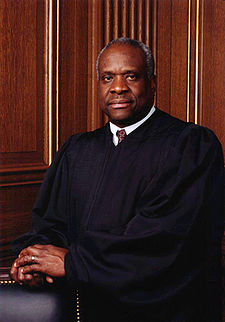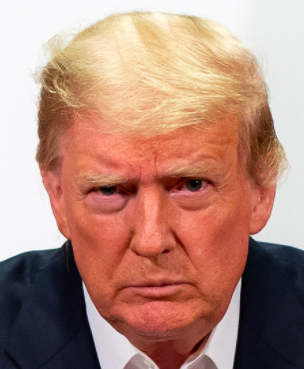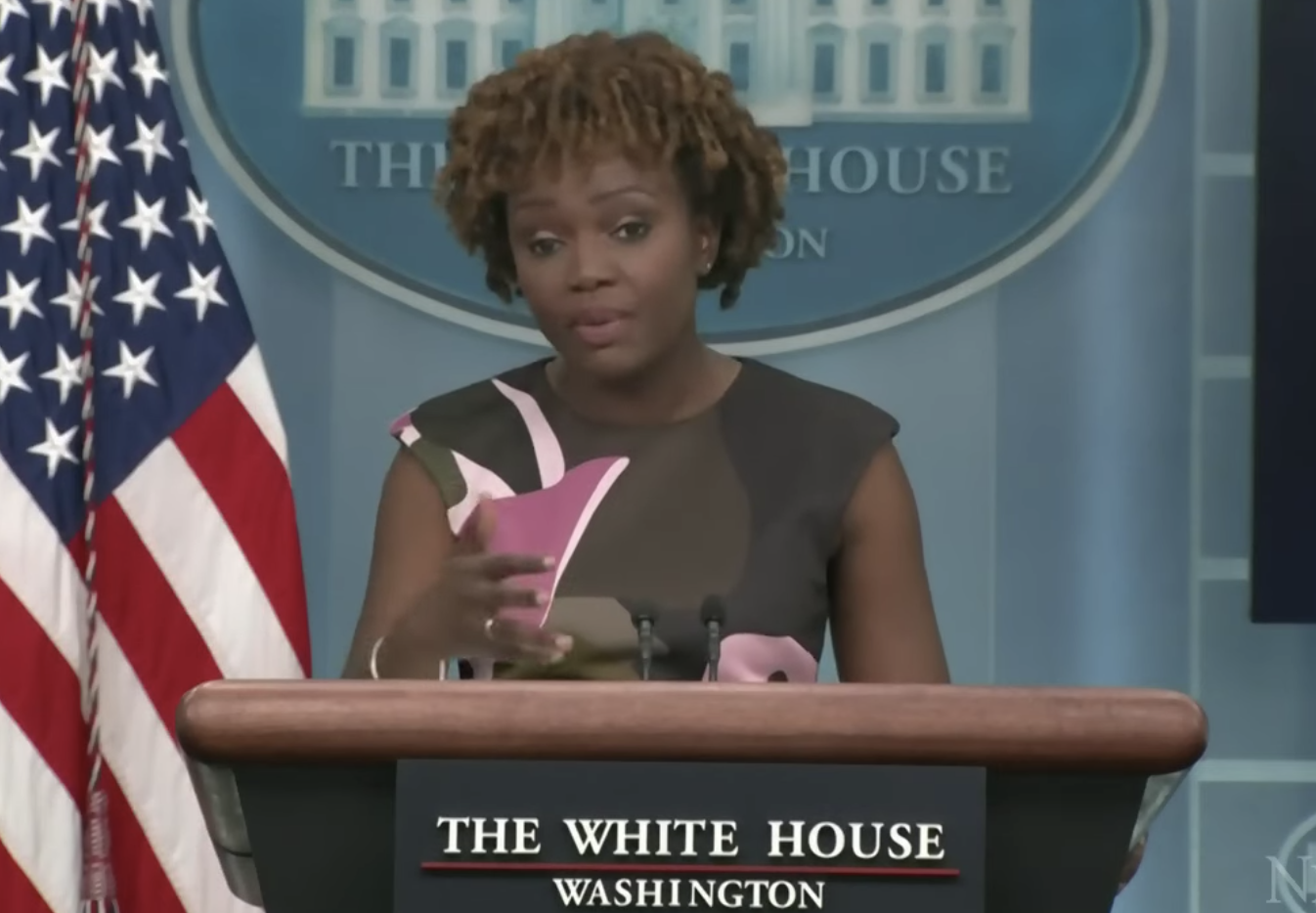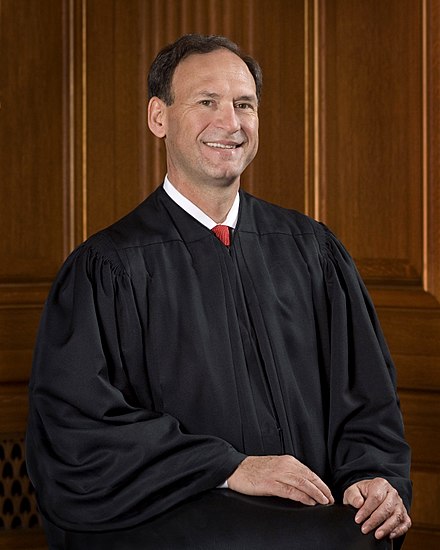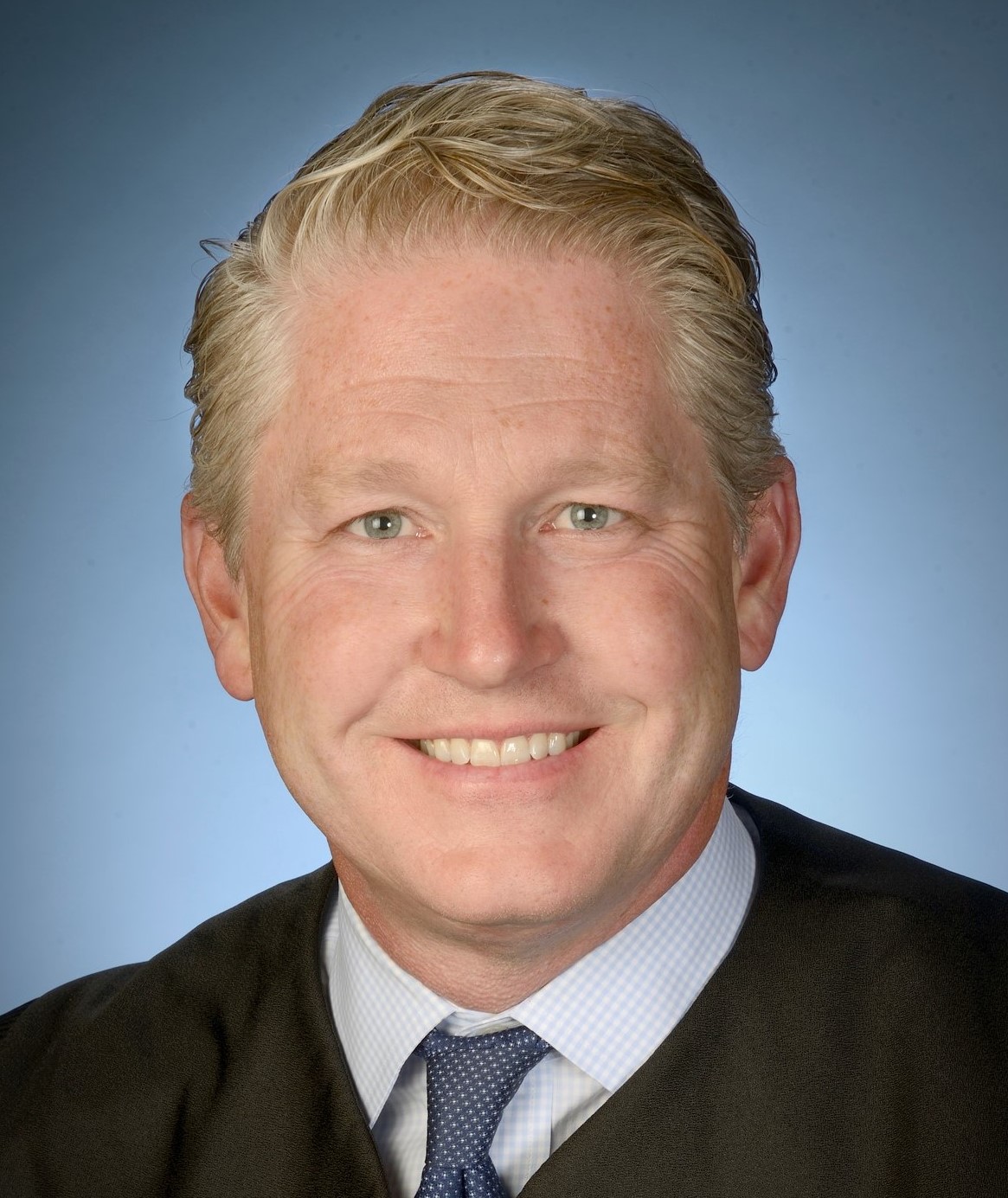Update: SCOTUS Will Not Intervene [Yet] In Trump’s Stolen Documents Claim
Update, 10/13: The Supreme Court just declined to intervene in Trump’s stolen document case. That means that the Special Master review will, unless something entirely unforeseen occurs, be limited to documents without classified markings.
I’m republishing because I think this post best explains the damage that might otherwise have been risked.
I laid out what SCOTUS might review later in this process here.
Given developments in the last two days, here’s how the various schedules pertaining to Trump’s stolen document case intersect (I’ve included the original 11th Circuit deadlines to show the effect of yesterday’s ruling to expedite the merits appeal):
October 5: Finalize a vendor
October 11: DOJ Reply to Trump Emergency Motion at SCOTUS
October 13: DOJ provides materials to Trump
By October 14: DOJ provides notice of completion that Trump has received all seized documents
On or before October 14, 2022: DOJ revised deadline to 11th Circuit
October 19: Original deadline for DOJ appeal to 11th Circuit
21 days after notice of completion (November 4): Trump provides designations to DOJ
November 8: Election Day
November 10, 2022: Trump revised deadline to 11th Circuit
10 days after receiving designations (November 14): Both sides provide disputes to Dearie
November 17, 2022: DOJ revised reply to 11th Circuit
30 days after DOJ appeal (November 18): Original Trump response to 11th Circuit
21 days after Trump reply (December 9): Original DOJ reply to 11th Circuit
December 16: Dearie provides recommendations to Cannon
January 3: New Congress sworn in
No deadline whatsoever: Cannon rules on Dearie’s recommendations
Seven days after Cannon’s no deadline whatsoever ruling: Trump submits Rule 41(g) motion
Fourteen days after Cannon’s no deadline whatsoever ruling: DOJ responds to Rule 41(g) motion
Seventeen days after Cannon’s no deadline whatsoever ruling: Trump reply on Rule 41(g)
As I understand it, one way the 11th Circuit appeal may be expedited is that the panel will be picked, secretly, from the start, giving it a chance to review filings as they come in. And they can schedule an oral argument, if necessary, for almost immediately after the reply brief comes in. It will be a new panel, so the odds are at least one other Trump appointee will get a chance to weigh in, in addition to the two who already ruled against Trump.
The SCOTUS appeal, remember, is for a limited issue: Whether to restore classified records to the matters before Special Master Raymond Dearie and, ultimately, before Judge Aileen Cannon.
Particularly given that even Clarence Thomas, in setting DOJ’s deadline a week out, isn’t treating Trump’s appeal as much of an emergency, I think the most likely scenario is that SCOTUS declines to consider Trump’s appeal. It’s the easiest thing to do, dictated by precedent if SCOTUS feels obliged to follow it, and made more likely by the fact that Cannon has altered the scope of her order. As the timeline above shows, if that were to happen, it might well happen before DOJ’s deadline for its appeal on the merits.
I think the most likely scenario is that the 11th Circuit sustains the opinion that three judges on the Circuit already came to: that Cannon abused her authority to even take the appeal. DOJ has more information about Cannon’s abuses they could choose to include in their brief, such as that Judge Cannon halted a national security investigation based in part on a document Trump made public six years ago. Though by the time Trump files his response, he will have been able to review all the documents seized from his beach resort (barring the classified documents, unless SCOTUS quickly reverses the Circuit). So who knows what kind of imagined injury he’ll invent after seeing all the documents? The Circuit may act quickly enough to rule before Dearie issues his report to Judge Cannon, which is the next most likely time for her to engage in more fuckery. Because of her past fuckery, it doesn’t even appear that Dearie will issue a report on the potentially privileged materials until then either.
In other words, the best scenario — and a not unlikely one — is that SCOTUS first declines to review Trump’s appeal, and then the 11th Circuit rules that Judge Cannon improperly intervened, all of which may well happen before anything else overt happens in Judge Cannon’s docket, though Trump would have the ability to and likely would introduce details learned from his review before the 11th.
But we don’t know.
As I keep saying, anyone who tells you they know how this is going to work out is selling you assurances that can no longer be offered with this 11th Circuit and with this Supreme Court.
One thing many commentators are claiming that bears correction, however, is the claim the only damage the Supreme Court review can do is delay: that even if SCOTUS permits Dearie and Cannon to review the documents with classification markings, it could do no more damage to the DOJ investigation. That is obviously false.
Assume for the moment that SCOTUS does take Trump’s appeal and does rule that Cannon can include classified documents in her review (to be sure, I think that unlikely). And assume for the moment that the 11th Circuit reverses itself and finds that Cannon acted properly by intervening in a national security investigation to protect Trump’s interest in a letter he himself made public six years ago. Assume, too, that the 11th Circuit leaves in place Cannon’s decision to treat this as a “hybrid” motion, yoking the Special Master process to a Rule 41(g) motion.
In that scenario, Dearie would issue his report, including regarding classified records, on December 16. He likely would uphold all DOJ’s assertions regarding classification, because he understands how classification at least used to work, before this case: that the current Executive gets unlimited say over what is classified (which is different than what is National Defense Information). Trump would then object to Dearie’s report (he is guaranteed to when and if Dearie ever makes one). Cannon would then review the report de novo, as she did with Dearie’s work plan. And she would write an opinion that either affirmed Trump on one or two minor documents, or said, effectively, that she agrees with Dearie’s classification designations, but that she believes Trump’s logic — that he declassified these documents by shipping them to Mar-a-Lago, and that’s why he refused to give them back — is reasonable.
There are other things Cannon could do to fuck up the prosecution, for example by deeming the 33 pages of correspondence with NARA included in the Category A documents seized from Mar-a-Lago, Trump’s personal possessions under rule 41(g) and returning them to him, thereby depriving DOJ of evidence that directly pertains to the crimes under investigation.
But the way in which Cannon could most fuck up any charges for 18 USC 793e (though not obstruction) would by by issuing an opinion that — even if she agreed all the documents were classified — nevertheless deemed Trump’s bullshit story, that he believed he had declassified these documents by packing them in a box and shipping them to his beach resort, reasonable.
Charging a former President under the Espionage Act presents unique challenges, but I think they could be overcome given what we know has transpired. We’re even likely to learn that Trump lied to the lawyers who knew better than to ship classified documents to his beach resort, and those lawyers will make compelling witnesses against Trump.
But if Cannon gets the opportunity to review Trump’s bullshit declassification story and deems it reasonable — even though she has virtually no relevant experience from which to judge that issue, even though she’s just one judge big-footing on a lawful warrant, even though such an opinion would likely be overturned on appeal — it might make charging Trump under the Espionage Act prohibitively difficult. That’s because that opinion from a judge that Trump’s bullshit story was reasonable would likely be enough to sway at least one juror, especially if the case were charged in Florida. And DOJ is not going to charge Trump — they’re definitely not going to charge Trump under the Espionage Act — unless they’re sure that the most credible people making these kinds of arguments are potentially implicated witnesses like Kash Patel. Yes, they might still charge obstruction (and they might only charge obstruction anyway), but if Republicans win back one or both houses, they will use an obstruction-only prosecution to claim it was a politicized prosecution.
So yes, Clarence Thomas could do harm by accepting Trump’s appeal and SCOTUS could do harm by ruling in favor of it. I don’t think that’s the most likely outcome (and such a move would likely to lead to further appeals). But there is a risk of harm beyond a simple delay.

